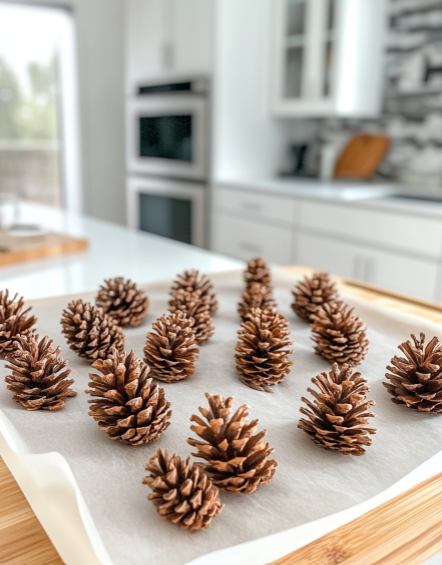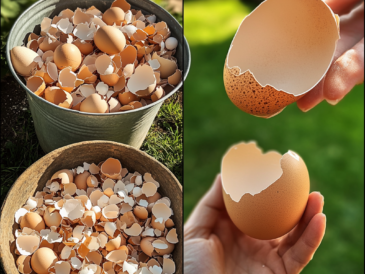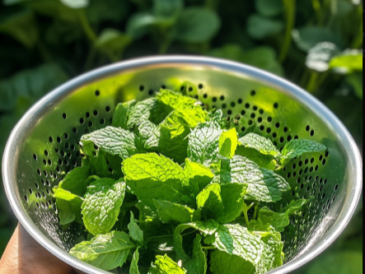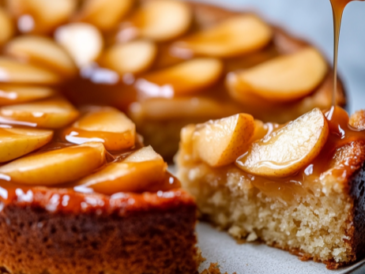Part Two: Advanced Pine Cone Gardening Strategies to Transform Your Garden 🌿✨
Welcome back, garden lovers! 🌞 Now that you’ve got a solid understanding of how pine cones can enhance your garden, it’s time to dive into some exclusive expert tips and advanced strategies for using pine cones to create a truly unique and thriving garden. These pro tips will unlock even more ways to leverage this natural resource in ways you may not have imagined. Get ready to elevate your gardening game! 💪🌱
🌾 11. Using Pine Cones to Improve Soil Acidity
Did you know that pine cones can help increase soil acidity? For acid-loving plants like hydrangeas, azaleas, and blueberries, pine cones are an ideal addition. Here’s how to make it work for your garden:
- Break Down for Faster Decomposition: Crush pine cones into smaller pieces to release their acidic compounds more quickly.
- Targeted Placement: Use pine cones around plants that thrive in acidic soil, like roses, rhododendrons, and even strawberries.
- Regular Reapplication: Add fresh pine cones to your soil each season to maintain the acidity level.
This technique is especially valuable for gardens in areas with naturally alkaline soil, as it can help balance pH levels and support healthier plant growth. 🌸🍇
🔥 12. Creating a Fire-Safe Barrier with Pine Cones
If you live in an area prone to wildfires, you might be interested to know that pine cones can be strategically placed to help create a fire-safe barrier. Although pine cones are flammable, using them correctly can actually reduce the risk of spreading fires around certain types of landscapes. Here’s how:
- Create Perimeter Zones: Place a layer of pine cones around the outer perimeter of your garden to create a natural break that slows fire spread.
- Non-Flammable Pairing: Combine pine cones with non-flammable materials like gravel or stone to increase the barrier’s effectiveness.
- Fire-Resistant Plants: Plant fire-resistant species near the pine cone barrier for added protection.
This approach can give your garden a natural, rustic look while offering peace of mind in fire-prone areas. 🔥🌲
🌍 13. Sustainable Pest Control with Pine Cone Sprays
For an all-natural pest deterrent, consider making a pine cone-based garden spray. This eco-friendly method harnesses the natural compounds in pine cones to keep insects and pests at bay without harming beneficial garden insects. Here’s a simple recipe:
DIY Pine Cone Pest Repellent Spray
- Collect Materials: Gather 6–8 pine cones, water, and a few drops of lavender or peppermint essential oil.
- Simmer the Pine Cones: Place the pine cones in a large pot with water and let it simmer for 1–2 hours. The water will absorb some of the natural pine compounds.
- Add Essential Oils: After simmering, strain the liquid, add a few drops of essential oil, and pour it into a spray bottle.
- Apply in the Garden: Spray this solution around plants where pests are a problem.
This natural spray can help reduce aphids, ants, and even certain types of beetles, while the essential oils add a pleasant fragrance to your garden. 🌿🐛
🌷 14. Create Natural Garden Borders with Pine Cones
Give your garden a unique aesthetic by using pine cones to create natural borders for garden beds and pathways. This rustic approach not only looks charming but also helps to define spaces within your garden. Here’s how to do it:
- Line Garden Beds: Place pine cones along the edges of garden beds to create a subtle yet effective boundary.
- Pathway Accents: Use pine cones along pathways or stepping stone trails to add texture and visual interest.
- Stacked Layers: For a sturdier border, stack pine cones in a low wall along garden paths or flower beds.
Natural borders are easy to maintain, environmentally friendly, and bring an element of the forest right into your backyard! 🌲🌿
🌱 15. Advanced Composting: Pine Cone Tea for Soil Enrichment
Ever heard of compost tea? Pine cones can be used to create a nutrient-rich “tea” that can be applied as a soil drench or foliar spray. This method allows plants to absorb nutrients directly, enhancing growth and vitality.
Pine Cone Compost Tea Recipe
- Gather Pine Cones: Crush 4–5 pine cones and add them to a large container with water.
- Steep: Let the mixture sit for 1–2 weeks, stirring occasionally. Over time, the water will turn a rich brown, infused with nutrients.
- Strain and Use: Once ready, strain out the pine cones and use the liquid to water your plants.
Applying this “pine cone tea” to your garden soil or as a foliar spray can help boost plant growth and improve soil health naturally. 🌻💧
📢 Final Tips: Unleash the Full Potential of Pine Cones in Your Garden!
Embracing these advanced techniques will not only enhance your garden’s health but also add a touch of nature’s artistry to your space. Pine cones, often discarded or overlooked, are a powerful resource in sustainable gardening practices. By using them strategically, you can enrich your soil, repel pests, and bring an aesthetic edge to your garden that is as practical as it is beautiful.
🌟 Summing Up: Why Pine Cones are a Must-Have for Every Gardener
Incorporating pine cones into your gardening routine offers countless benefits that go beyond traditional methods. With everything from soil improvement and moisture retention to sustainable pest control and garden aesthetics, pine cones are an eco-friendly, versatile addition to any garden. Whether you’re a beginner or an experienced gardener, these tips provide a unique, affordable way to boost your garden’s potential. 🌱✨
Ready to bring out the best in your garden? Start gathering those pine cones, put these advanced tips to use, and watch your garden thrive! Share this article with friends, subscribe for more gardening secrets, and join our growing community of nature enthusiasts. 🌸📬




